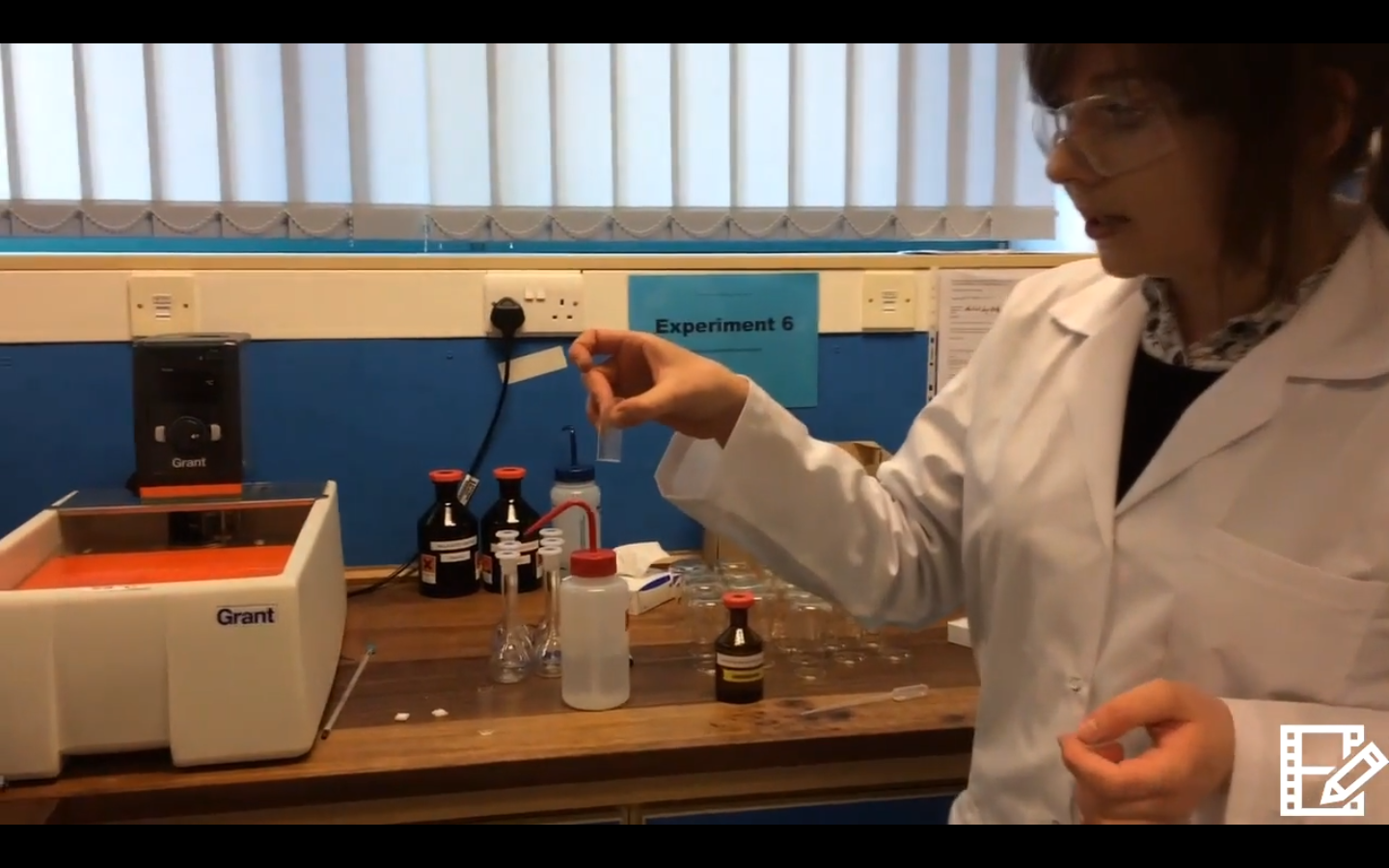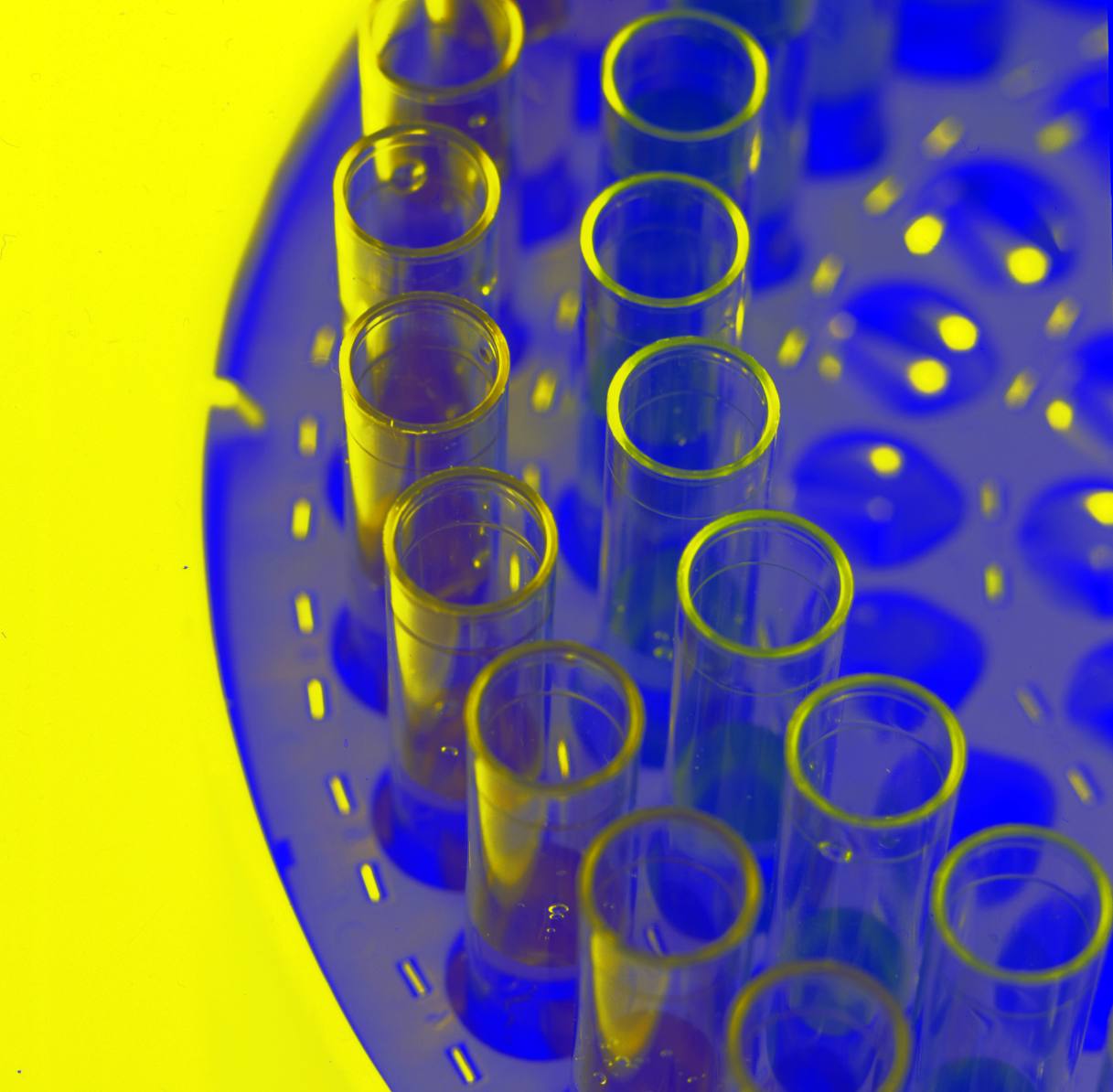 In this post, the Director of Teaching in Chemistry, Dr Michael Seery, and two students, Zuzanna Konieczna and Anna Lykkeberg, share their experiences of peer assessment and feedback in the School of Chemistry…
In this post, the Director of Teaching in Chemistry, Dr Michael Seery, and two students, Zuzanna Konieczna and Anna Lykkeberg, share their experiences of peer assessment and feedback in the School of Chemistry…
Practical work exists in many disciplines, but it is often assessed after the event, with a report on work completed being assessed rather than the work itself. In chemistry, we are interested in developing and assessing practical skills by using peer-review of video demonstrations.
Video demonstrations incorporate several aspects; they allow students to verbalise rather than write about their understanding. They offer students an opportunity to review their work, and in our case we incorporate peer-review. And they provide students with a digital artefact that they can use to showcase their skills in the discipline.
Verbal demonstrations are a slightly different form of assessment, and this can bring its own challenges. Zuzanna said:
The video demonstration pushed me out of my comfort zone – we are not usually asked to narrate while we perform experiments. Talking about the familiar technique turned out to be more of a challenge than expected, and put my ability to concentrate on speaking and doing the experiment to a test. However demonstrating the activity, after the initial stress has worn off, has left me feeling more confident and capable (and visibly so).
Anna adds:
I found it very useful having to explain the technique, as it prompted me to understand the nuances and reasons behind many of the options and methods involved in the technique we were describing.

Peer feedback means that students get a chance to review their work, there is a possibility to review work in situ, making changes based on suggestions before submitting the final video for assessment (see Hendry (2013) and Sander and Good (2006). Exemplar videos or materials are provided that students use to prepare in advance for the demonstration.
Anna writes:
The peer feedback was useful element, as it allowed me to compare my understanding with others, and also made me more aware of the various steps and decisions involved during the demonstration of the technique itself.
Zuzanna adds:
Performing the activity in pairs made the demonstration feel less formal, and gave it a comfortable context of explaining a technique to a fellow student. The feedback included useful pointers, and was a good way to check whether we have covered all the necessary elements.
This approach was rolled out in September and our 155 first year chemistry course submitted videos demonstrating two common laboratory techniques. Because video evidence is being produced, it is possible to review it and offer feedback on specific techniques. This evidence is also used in issuing a digital badge, which offers a “microaccreditation” in that technique. We intend to extend this to build a framework of techniques that students can build up over the course of their degree. A pilot of a technique for second year students ran in Festival of Creative Learning Week 2017.
Next steps:
You can watch Zuzanna’s demonstration video here.
For more information on this PTAS funded project, see the Badging Lab Skills website.
A paper on the design and evaluation of the 1st Year trial is available.
Read more about peer assessment and feedback:
Hendry G., (2013), Integrating feedback with classroom teaching, in Merry S., Price M., Carless D. and Taras M. (ed.), Reconceptualising Feedback in Higher Education: Developing Dialogue with Students, Routledge, pp. 133–134.
Sadler P. M. and Good E., (2006), The impact of self-and peer grading on student learning, Educ. Assess., 11(1), 1–31.





[…] I’ve seen some great work being done on videoing skills in the lab for peer feedback (https://www.teaching-matters-blog.ed.ac.uk/using-video-demonstration-and-peer-feedback-to-develop-la…😉 and we’ve got some experience of practical exams (in 1st year by my colleagues […]